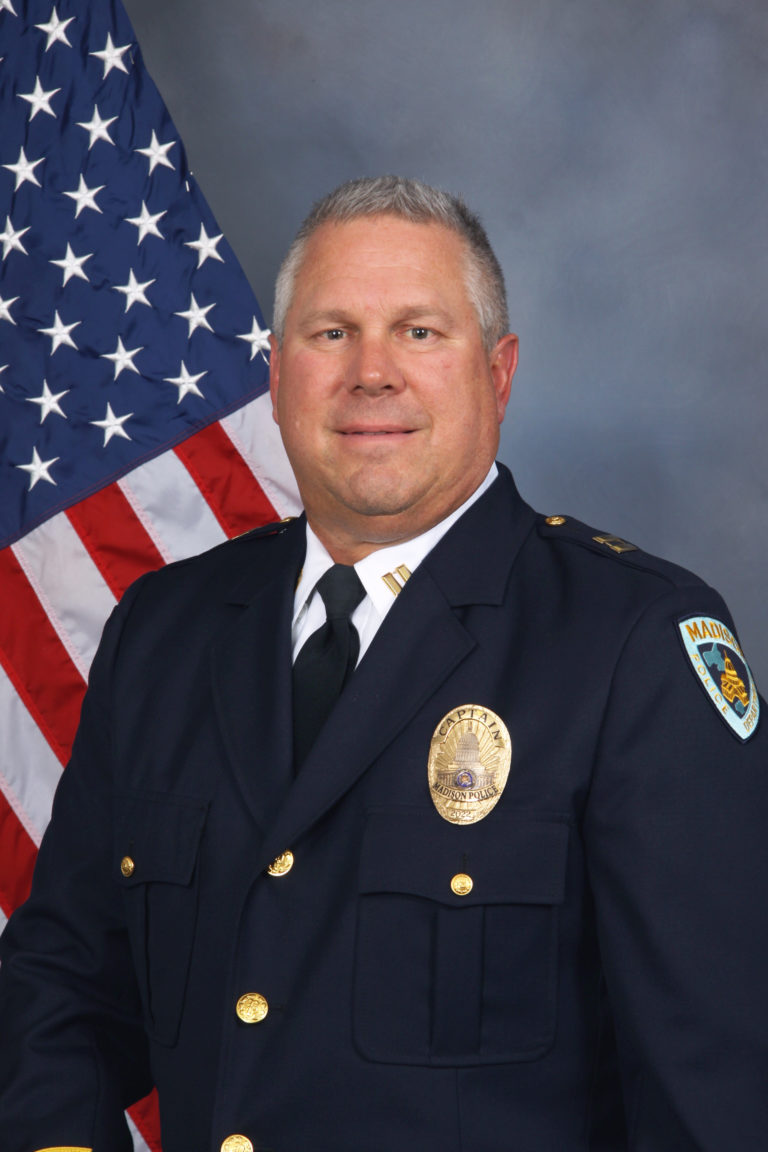On Monday, Aug. 19, approximately 50 people attended a public meeting at Mendota Mental Health Institute (MMHI) to learn about the State of Wisconsin’s plans for expanding the Mendota Juvenile Treatment Center (MJTC) to accommodate 50 more children.
MMHI Director Dr. Greg Van Rybroek welcomed neighbors to the MMHI Conference Center and explained their philosophy and practice of treatment, which has been hailed as the gold standard in caring for children whom he characterized as “people who were born in hell.” He noted that five patients helped in the design process for the new building.
City, state and project staff shared information about the city’s Conditional Use Permit process, the state law that mandates and funds the building expansion, and site maps and building plans describing the new development.
Residents raised concerns about the following issues:
- increased traffic and speeding on Green Avenue and Troy Drive
- neighborhood safety procedures in the event of a patient escape
- the enlarged building and parking lot footprints on land that is sacred and culturally sensitive to the Ho Chunk Nation
- continued public access to the campus
- potential future re-use or discontinued use of the facility
- the late stage of the planning and design process at which information about the project was being shared with the public, and the state’s failure to seek public input.
At their meeting Monday, Aug. 26, the City Plan Commission decided to refer making a decision on the permit application for 60 days pending the development of a Transportation Demand Management plan that would address parking and traffic issues, as well as validation by the Wisconsin State Historical Society that no archeological sites will be disturbed by the planned construction.
The project will be considered by the State Building Commission at their Oct. 16 meeting in the governor’s office.




